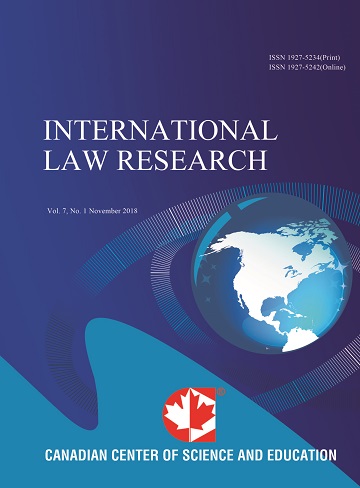An Institutional Law Presentation of the European Stabilization Mechanism (ESM) as an Economic Crisis Financial Assistance Instrument
- Dimitra Stratigopoulou
- John Mylonakis
Abstract
EFSM and EFSF were temporarily established for preventing any Euro area Member State’s insolvency. The ESM is a permanent mechanism which has common features with the ad hoc mechanism for Greece and the EFSM/EFSF. The purpose of this paper is to assess the effectiveness of ESM as a crisis management mechanism from a law perspective. The comparison between ESM and EFSM/EFSF serve as the basis of this assessment. The paper examines the legal foundation of ESM and the legal nature of the mechanism and presents the decision making process and the actors involved. The new legal basis prescribes that the ESM is activated only when the financial assistance is indispensible for the stability of the euro area as a whole and that the financial assistance is attached to strict conditionality. The contribution to the capital is made by the Euro area Member States, the financial assistance is conditional on a macro-economic adjustment programme and the terms are non-concessional. Although the ESM has a legal basis on European Law it has the legal form of an intergovernmental organisation. The judicial review of ESM was assigned to the European Court of Justice.
- Full Text:
 PDF
PDF
- DOI:10.5539/ilr.v2n1p17
Journal Metrics
h-index (2017): 2
i10-index (2017): 0
h5-index (2017): N/A
h5-median (2017): N/A
Index
- CNKI Scholar
- COPAC
- CrossRef
- DTU Library
- EuroPub Database
- Excellence in Research for Australia (ERA)
- Ghent University Library
- Google Scholar
- Harvard Library
- Infotrieve
- Jisc Library Hub Discover
- LOCKSS
- Open J-Gate
- PKP Open Archives Harvester
- Publons
- ROAD
- Scilit
- SHERPA/RoMEO
- Stanford Libraries
- Ulrich's
- UniCat
- Universe Digital Library
- UoS Library
- WorldCat
Contact
- Joseph TaiEditorial Assistant
- ilr@ccsenet.org
